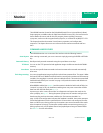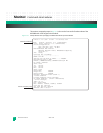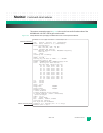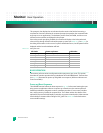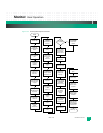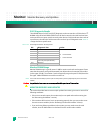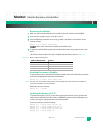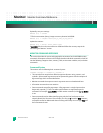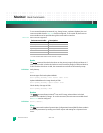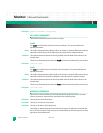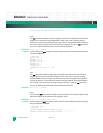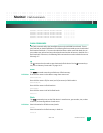
Monitor: Monitor Command Reference
KAT4000 User’s Manual 10007175-02
14-8
Optionally, save your settings:
KAT4000 (1.0) => saveenv
TFTP the new monitor (binary) image to memory location 0x100000:
KAT4000 (1.0) => tftpboot 100000 path_to_file_on_tftp_server
Update the monitor:
KAT4000 (1.0) => moninit serial_number 100000
If moninit( ) fails, burn the new monitor to a ROM and follow the recovery steps in the
“Recovering the Monitor” section.
MONITOR COMMAND REFERENCE
This section describes the syntax and typographic conventions for the KAT4000 monitor
commands. Subsequent sections in this chapter describe individual commands, which fall
into the following categories: boot, memory, Flash, environment variables, test, and other
commands.
Command Syntax
The monitor uses the following basic command syntax:
<Command> <argument 1> <argument 2> <argument 3>
• The command line accepts three different argument formats: string, numeric, and
symbolic. All command arguments must be separated by spaces with the exception of
argument flags, which are described below.
• Monitor commands that expect numeric arguments assume a hexadecimal base.
• All monitor commands are case sensitive.
• Some commands accept flag arguments. A flag argument is a single character that
begins with a period (.). There is no white space between an argument flag and a
command. For example, md.b 80000 is a valid monitor command, while md .b 80000
is not.
• Some commands may be abbreviated by typing only the first few characters that
uniquely identify the command. For example, you can type h instead of help. However,
commands cannot be abbreviated when accessing online help. You must type help and
the full command name.




